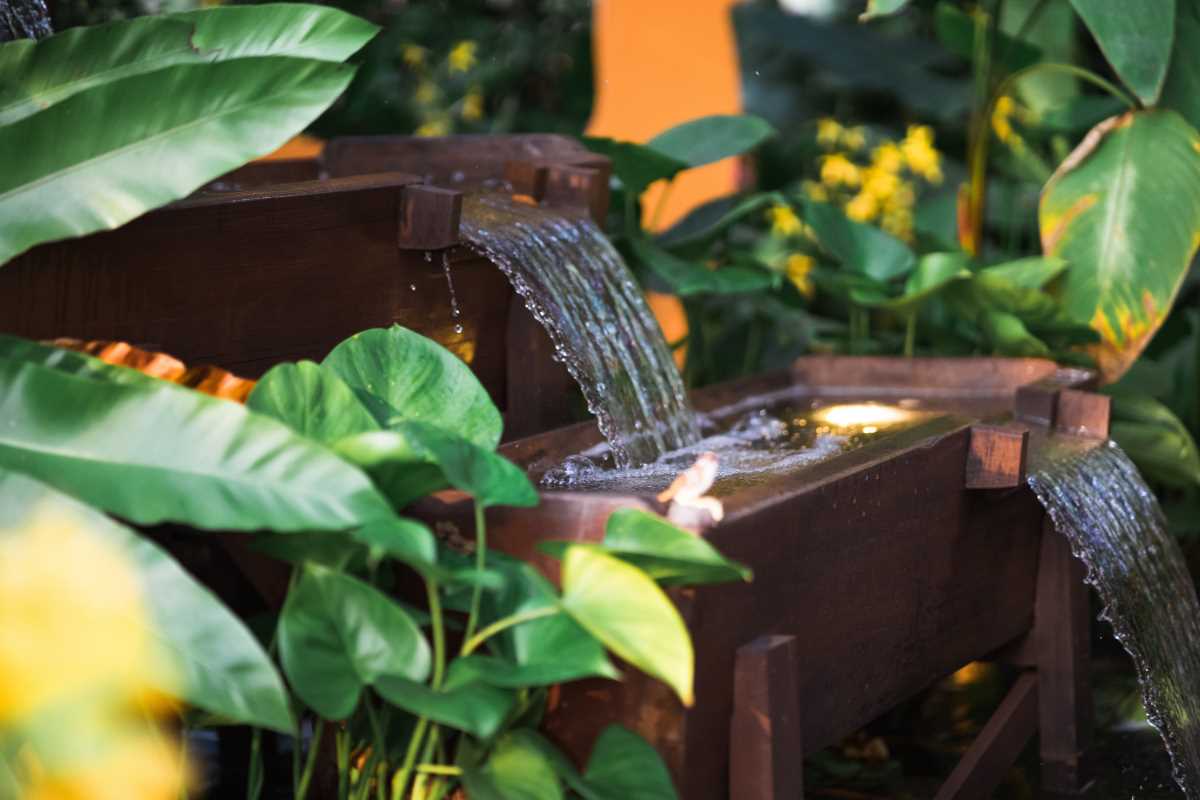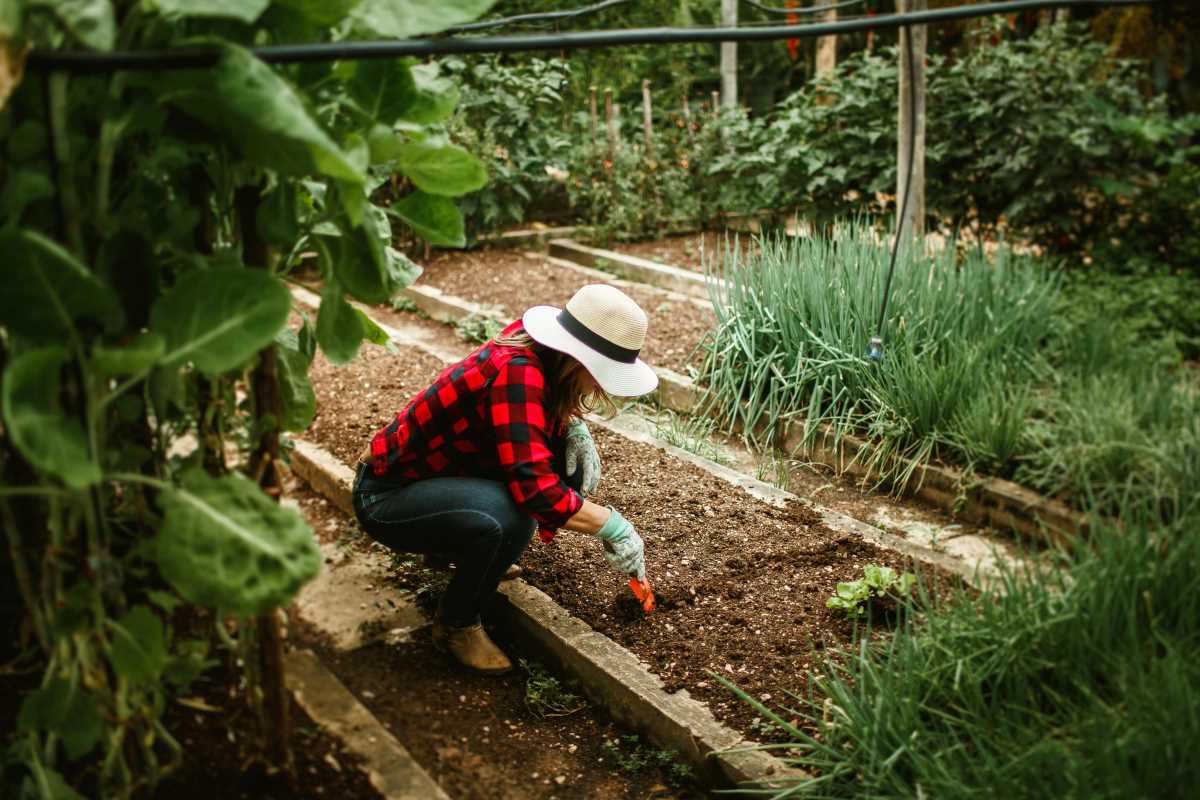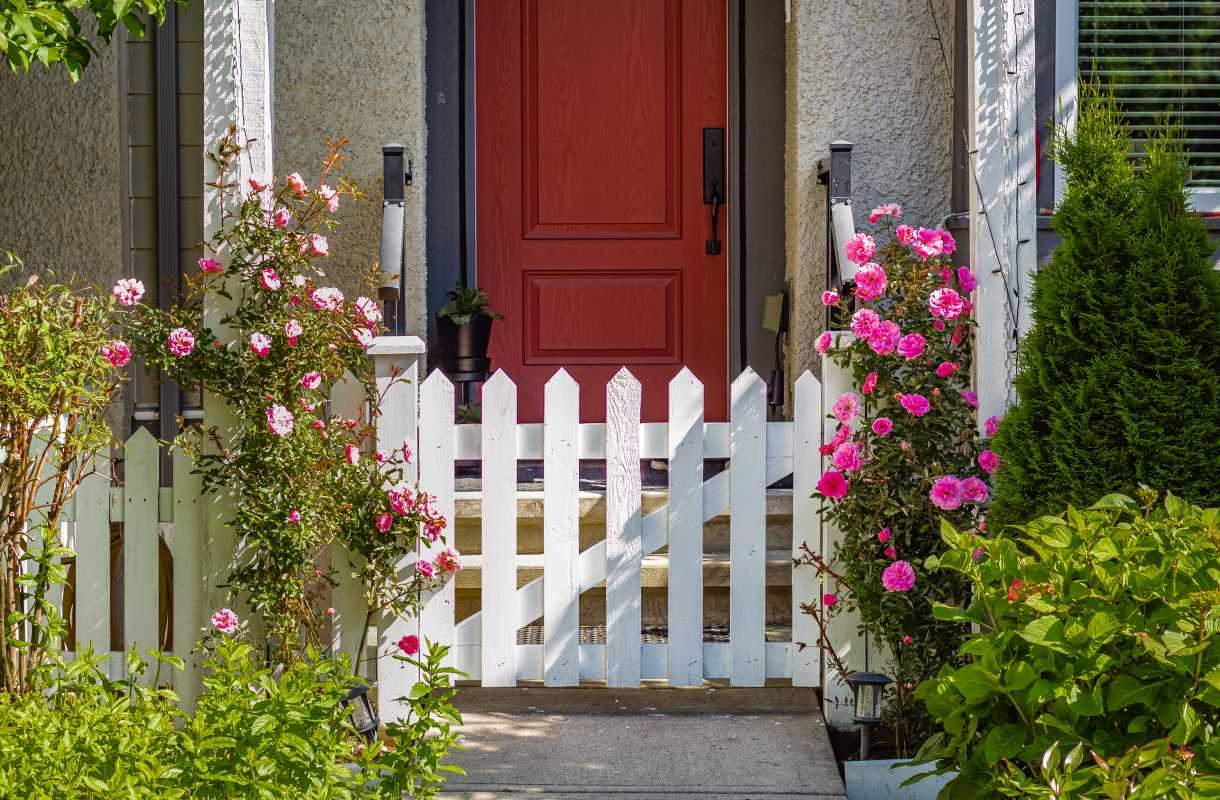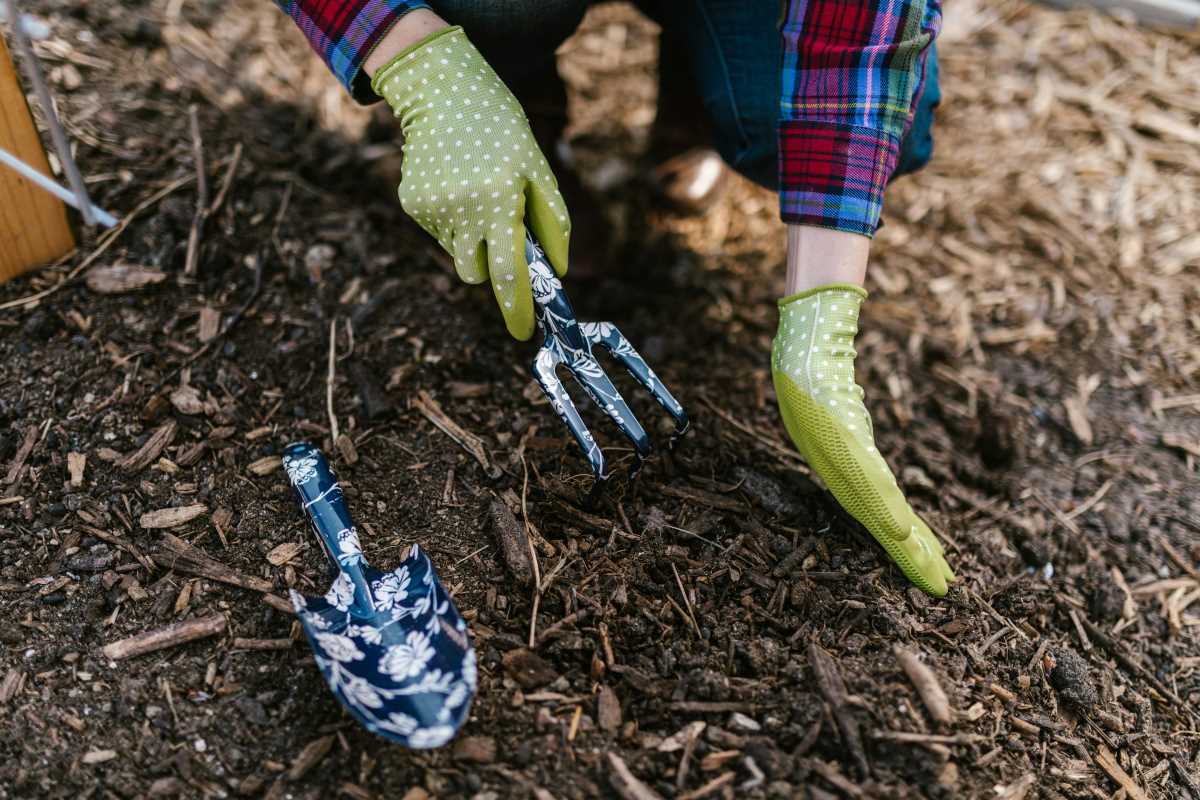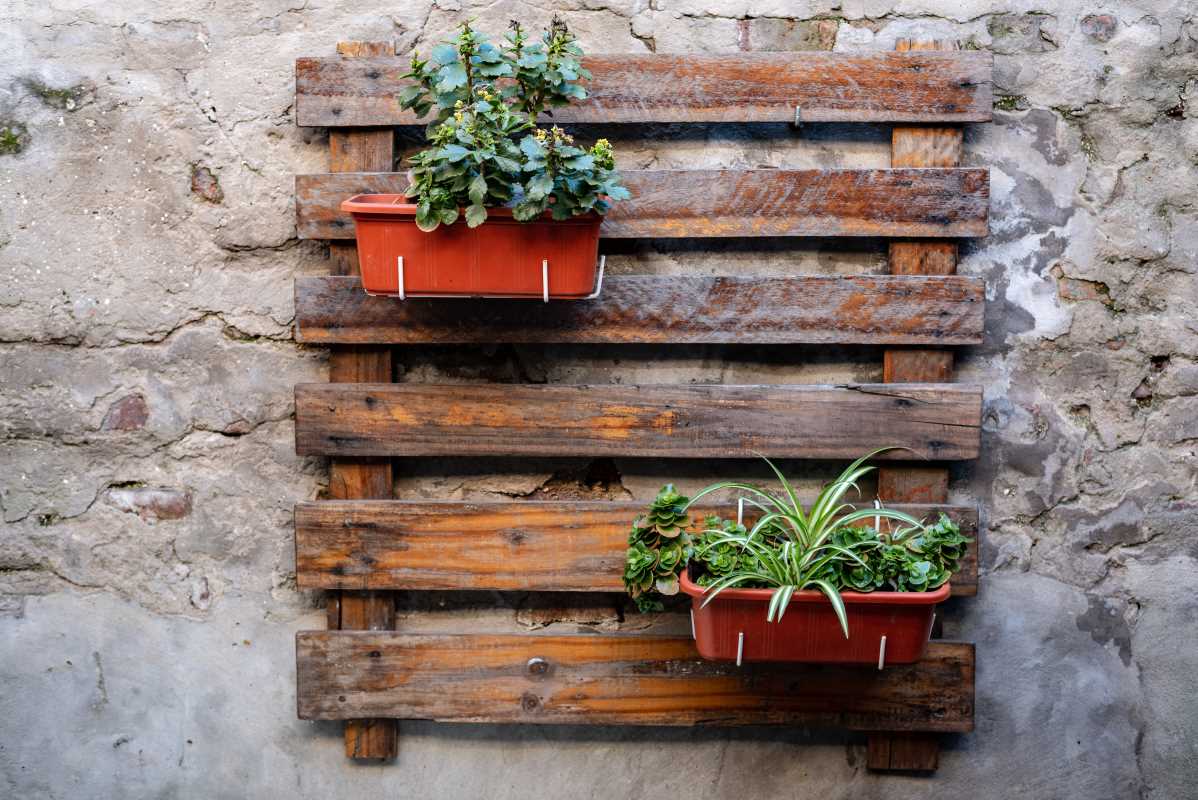Many people notice compact greenhouses nestled in backyards and feel inspired to create their own. Growing fresh herbs, nurturing sprouts, and starting seedlings at home brings a sense of satisfaction and offers delicious rewards throughout the year. Building a small greenhouse doesn’t require an elaborate setup; with a straightforward approach, suitable materials, and some hands-on effort, you can set up your own backyard retreat. These nine essential steps will help you establish a greenhouse that matches both your available space and gardening experience, making it easy to enjoy homegrown produce no matter the season.
Step 1: Planning Your Greenhouse Project
- Measure your space. Sketch a rough layout on graph paper to see how the greenhouse will sit against walls, fences, or trees.
- Check sunlight. Pick a spot that gets at least six hours of sun. Track shadows at different times of day.
- Set a budget. List costs for materials, tools, and extras like shelves or potting benches.
- Obtain permits if needed. Contact your local building department to learn about small-structure rules.
- Choose a design style. Decide between lean-to, mini hoop house, or freestanding box based on your yard.
Spending time on planning your project helps you avoid headaches later. You’ll prevent surprises when the structure goes up.
Step 2: Choosing the Right Materials
- Wood vs. metal framing
- Wood: natural look, easier to work with, may need weatherproofing
- Metal: strong and low-maintenance, can heat up quickly in sun
- Covering options
- Polycarbonate panels: durable, good insulation, higher cost
- Greenhouse film: affordable, easy to install, shorter lifespan
- Glass: classic look, scratch-resistant, heavy and expensive
- Fasteners and seals
- Stainless steel screws resist rust.
- Silicone sealant keeps drafts out.
Select materials that match your style, budget, and maintenance preferences. If you want low upkeep, polycarbonate panels and metal framing work well together.
Step 3: Preparing Your Backyard Site
Clear the ground of debris, rocks, and roots. Level the soil so the base sits straight. If your soil drains poorly, consider laying down a gravel bed or concrete pavers to improve drainage.
Mark the exact footprint with stakes and string. This visual guide helps you align the frame correctly. Also, ensure that water flow from gutters or sprinkler zones won’t flood your greenhouse during heavy rains.
Step 4: Building the Frame and Structure
Start by assembling the base frame on your level site. Attach sideposts to the base using corner brackets and screws. Then connect roof beams at the top. Keep everything square by measuring diagonals—both should match.
Once the frame stands solid, install your choice of cover. If you go with panels, slide them into grooves and secure with rubber gaskets. For film, stretch it tight and use batten strips to hold it in place.
Weatherproof corners with silicone seals and test for gaps that let in cold air. Your frame now stands ready to keep warmth inside.
Step 5: Installing Ventilation and Irrigation
Ensure proper airflow to prevent mold and keep plants healthy. Install roof vents that open on hot days and close automatically when it cools. Add a small exhaust fan powered by a thermostat if your greenhouse stays too warm in the afternoon sun.
Set up a simple drip irrigation line along shelving or raised beds. Connect it to a timer for consistent watering. Use a pressure regulator to keep flow gentle. This setup allows you to go on vacation without worrying about thirsty plants.
Step 6: Ongoing Maintenance Tips
- Clean glazing panels every month to let in maximum light.
- Check seals and fasteners quarterly; tighten or replace as needed.
- Inspect vent hinges and fan motor before summer heat peaks.
- Watch for pests like aphids or snails; remove them by hand or use organic soap spray.
- Rotate plants seasonally to refresh soil and keep nutrients balanced.
Set a reminder on your phone to handle these chores. Regular maintenance keeps your greenhouse in top shape.
Building a small backyard greenhouse requires careful planning, but it extends your growing season and helps you learn new skills without a large project.
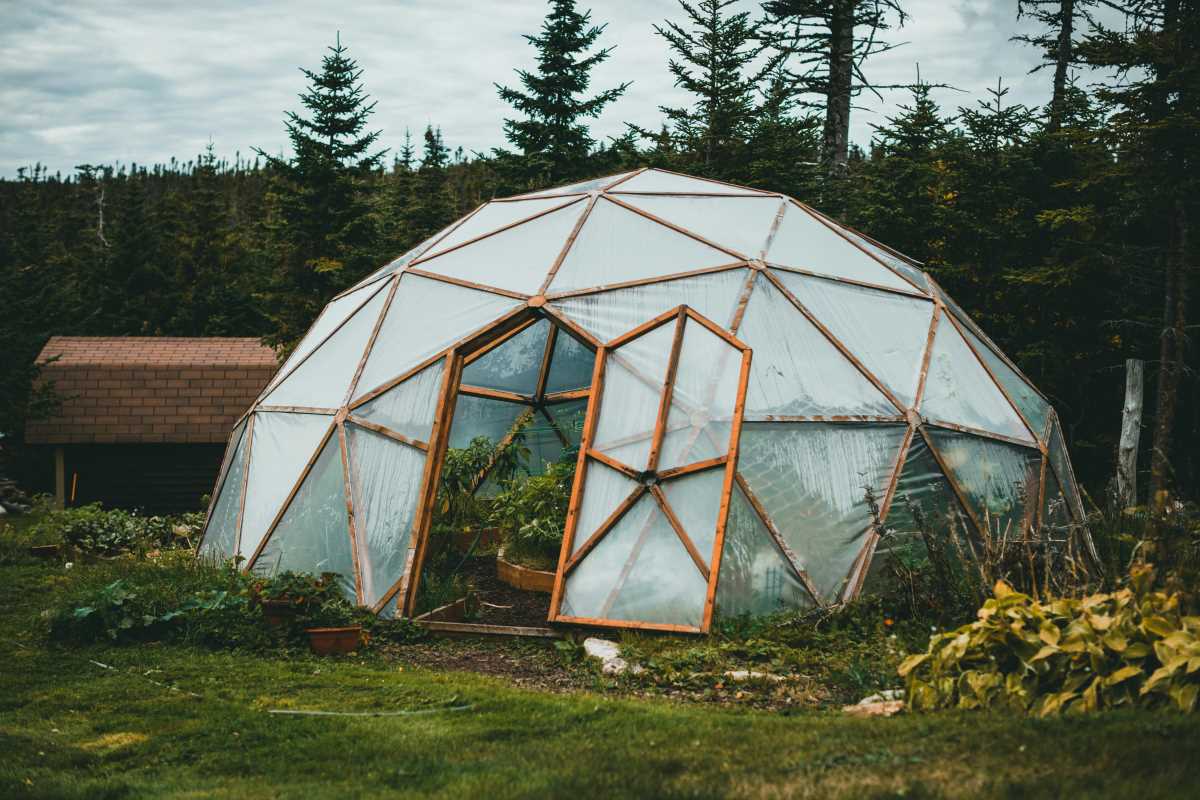 (Image via
(Image via
